Not all cooking oils are created equal, especially when it comes to high-heat cooking. Using the wrong oil at high temperatures can ruin your dish and even release harmful compounds. Here’s a guide to steer clear of oils that don’t handle the heat well.
1. Olive Oil

Olive oil may be a kitchen staple, but it’s not ideal for every cooking method. Extra virgin olive oil, in particular, has a low smoke point, making it unsuitable for high-heat cooking. When heated too much, it loses its delicate flavor and can develop harmful free radicals.
While it’s perfect for salad dressings and light sautéing, it’s not the best choice for frying or roasting. Stick to medium-heat dishes to enjoy olive oil’s health benefits and unique taste. Switching to refined olive oil is an option, but even then, it’s better to save it for moderate temperatures.
2. Flaxseed Oil
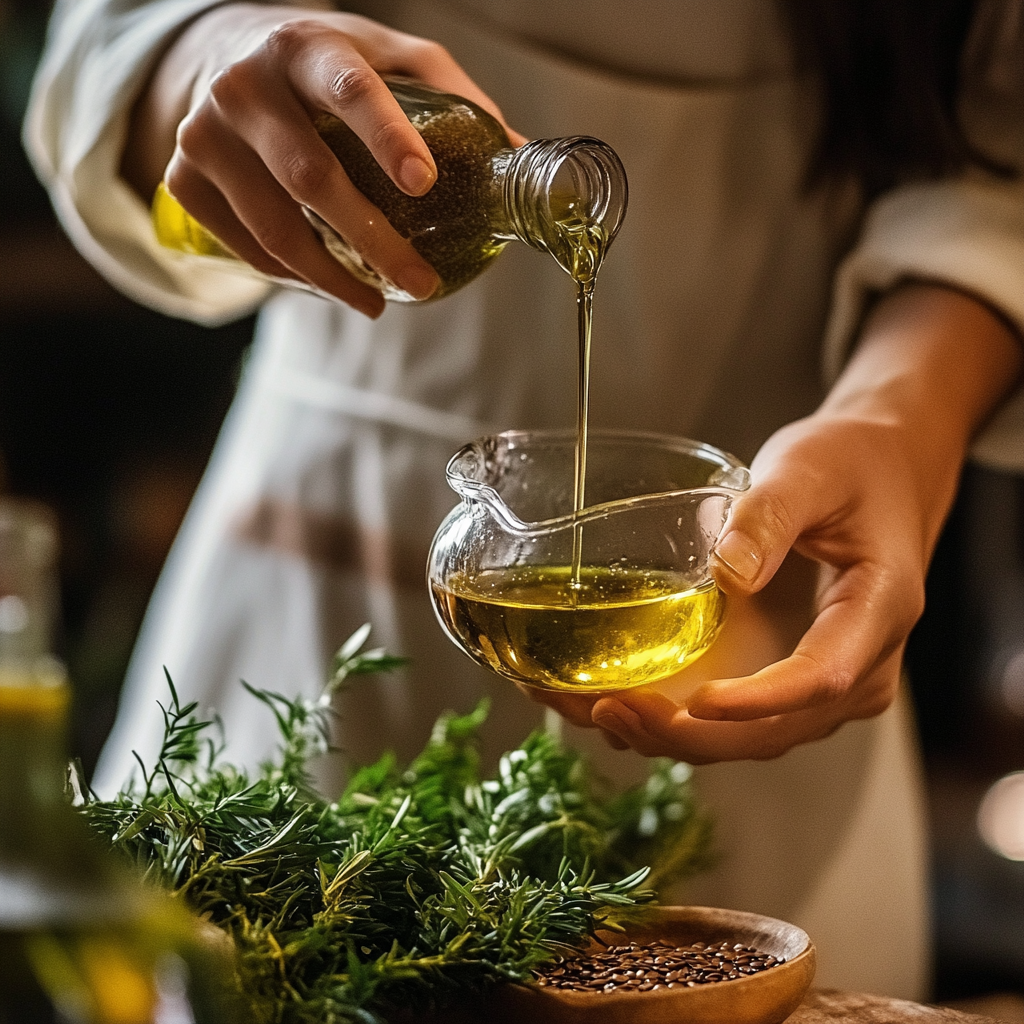
Known for its omega-3 content, flaxseed oil is a nutritional powerhouse—but not a heat warrior. This oil has an extremely low smoke point, making it a terrible choice for cooking at high temperatures. Heating it destroys its beneficial properties and can leave an unpleasant taste.
Flaxseed oil is best used raw, in salad dressings, smoothies, or as a finishing touch for dishes. Using it for frying or baking would not only waste its benefits but could also make your dish unappetizing. Keep it in the fridge and far away from your frying pan.
3. Sesame Oil
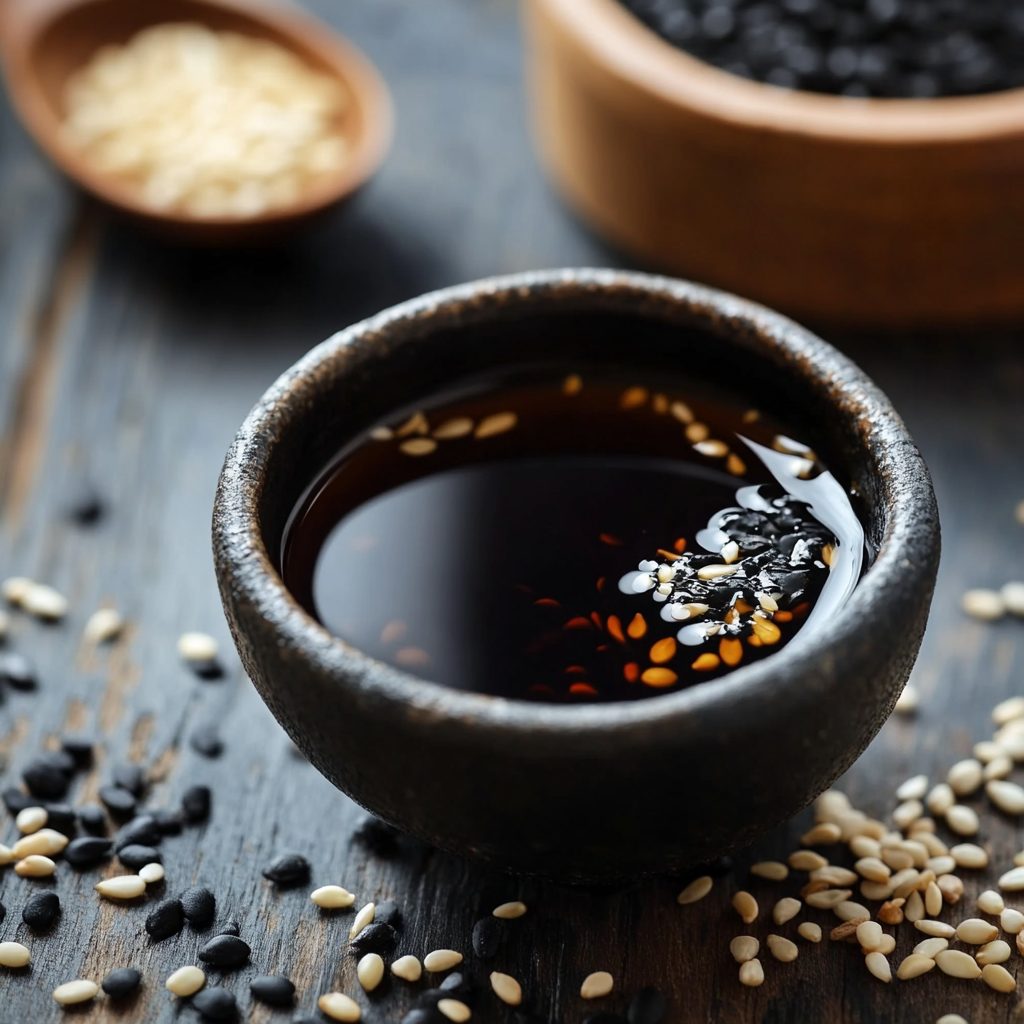
Sesame oil brings a nutty, rich flavor to dishes, but it’s not built for high heat. Its smoke point is relatively low, which means it burns easily and can make your food taste bitter. Toasted sesame oil, often used in Asian cuisine, is even more delicate and best reserved for finishing dishes.
While light sesame oil has a slightly higher smoke point, it’s still not ideal for frying or searing. Save sesame oil for drizzling over salads, noodles, or stir-fries cooked at moderate temperatures. Using it right ensures you enjoy its complex, aromatic profile.
4. Walnut Oil
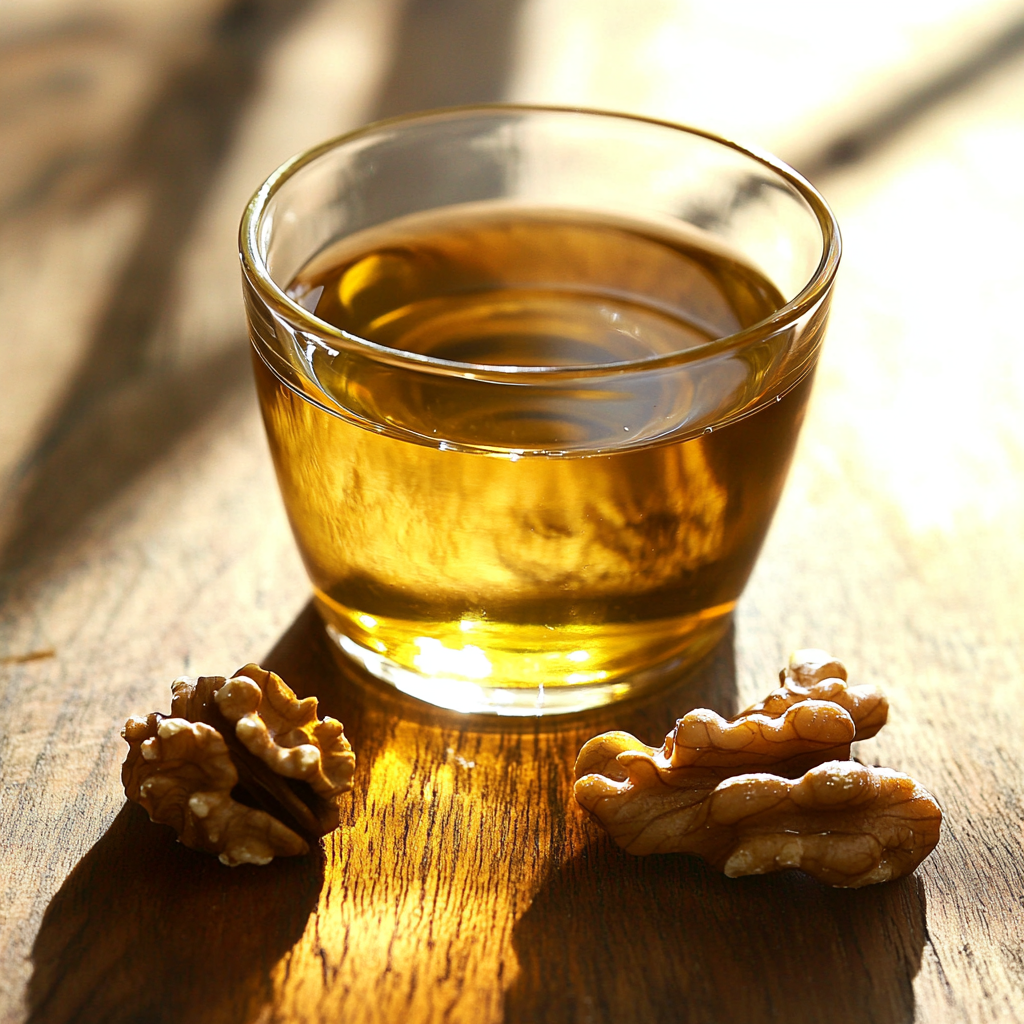
Walnut oil adds a luxurious, nutty flavor to dishes but struggles when exposed to heat. Its low smoke point makes it unsuitable for frying, grilling, or roasting. High temperatures break down its delicate flavor and can release unpleasant compounds.
Walnut oil shines brightest in salad dressings, dips, or drizzled overcooked vegetables. To maintain its freshness, store it in a cool, dark place or refrigerate it. When treated gently, walnut oil enhances dishes without losing its gourmet appeal.
5. Coconut Oil
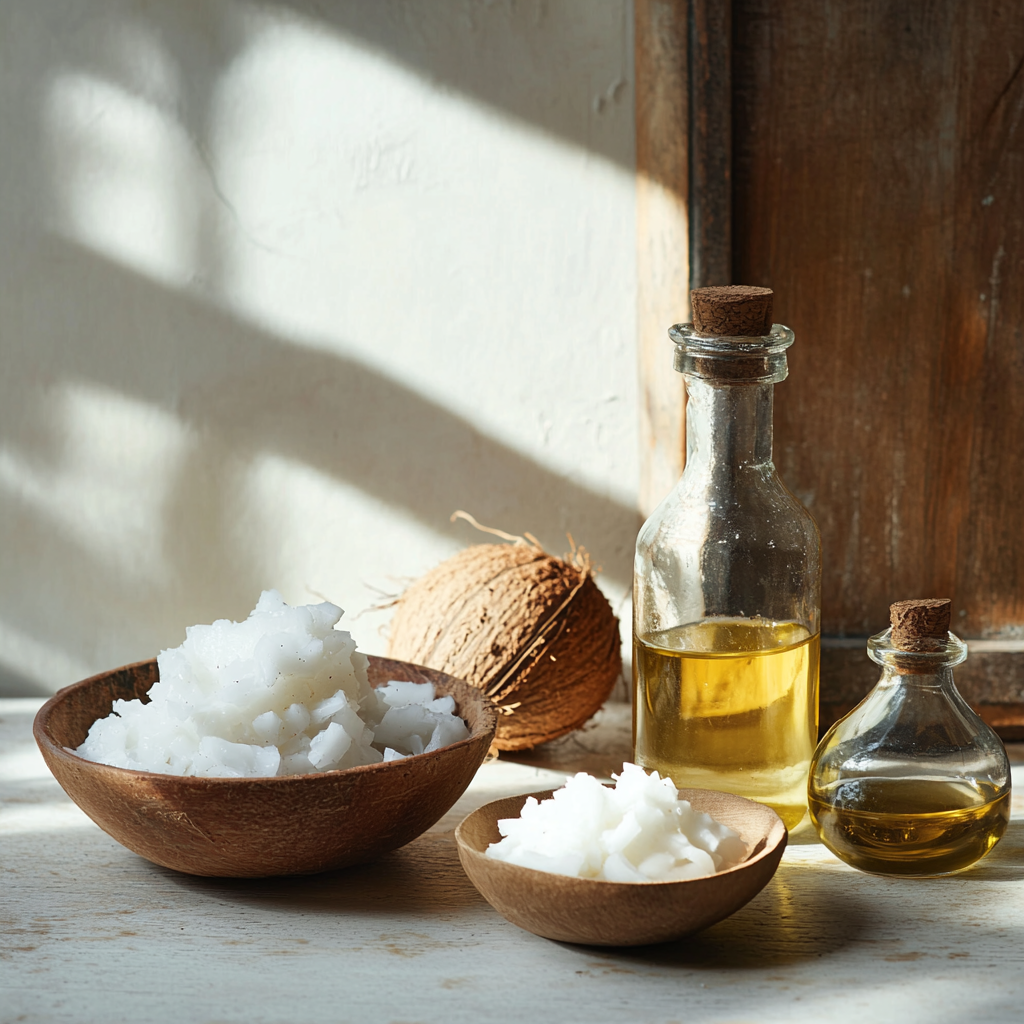
Coconut oil is often marketed as versatile, but its performance under high heat depends on the type. Virgin coconut oil has a low smoke point, making it unsuitable for frying or grilling. It’s best reserved for baking or light sautéing where its tropical flavor can shine.
Refined coconut oil can handle higher temperatures, but it lacks the nutritional benefits of its unrefined counterpart. Even with refined coconut oil, sticking to medium heat is a safer bet. Knowing which type to use is key to cooking with coconut oil successfully.
6. Grapeseed Oil
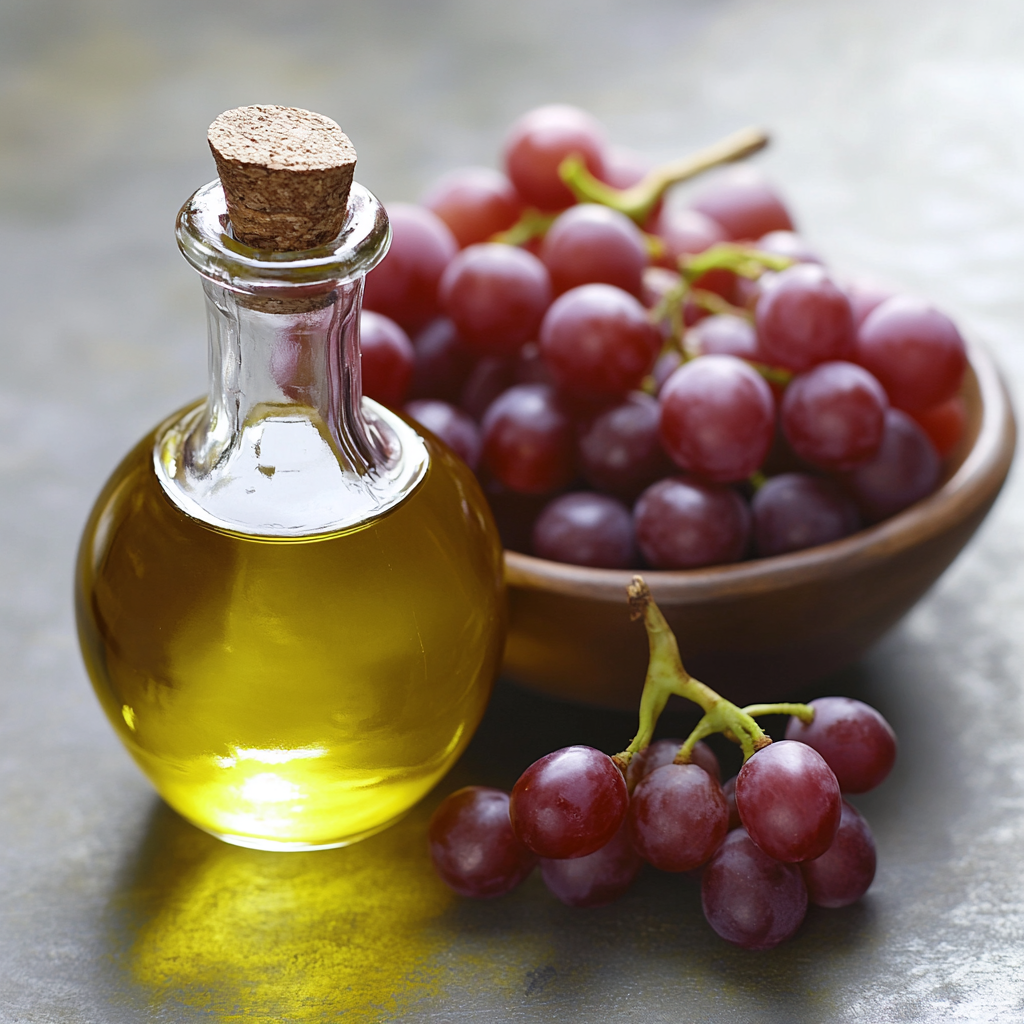
Grapeseed oil is often touted as a heart-healthy choice, but it’s not designed for high-heat cooking. Its moderate smoke point means it’s better suited for sautéing or baking than frying or broiling. When overheated, it can release harmful free radicals, compromising both health and flavor.
This oil works well in salad dressings or as a neutral base for marinades. To get the most out of grapeseed oil, use it at lower temperatures and store it properly. Avoiding high heat keeps its nutritional benefits intact.
7. Pumpkin Seed Oil
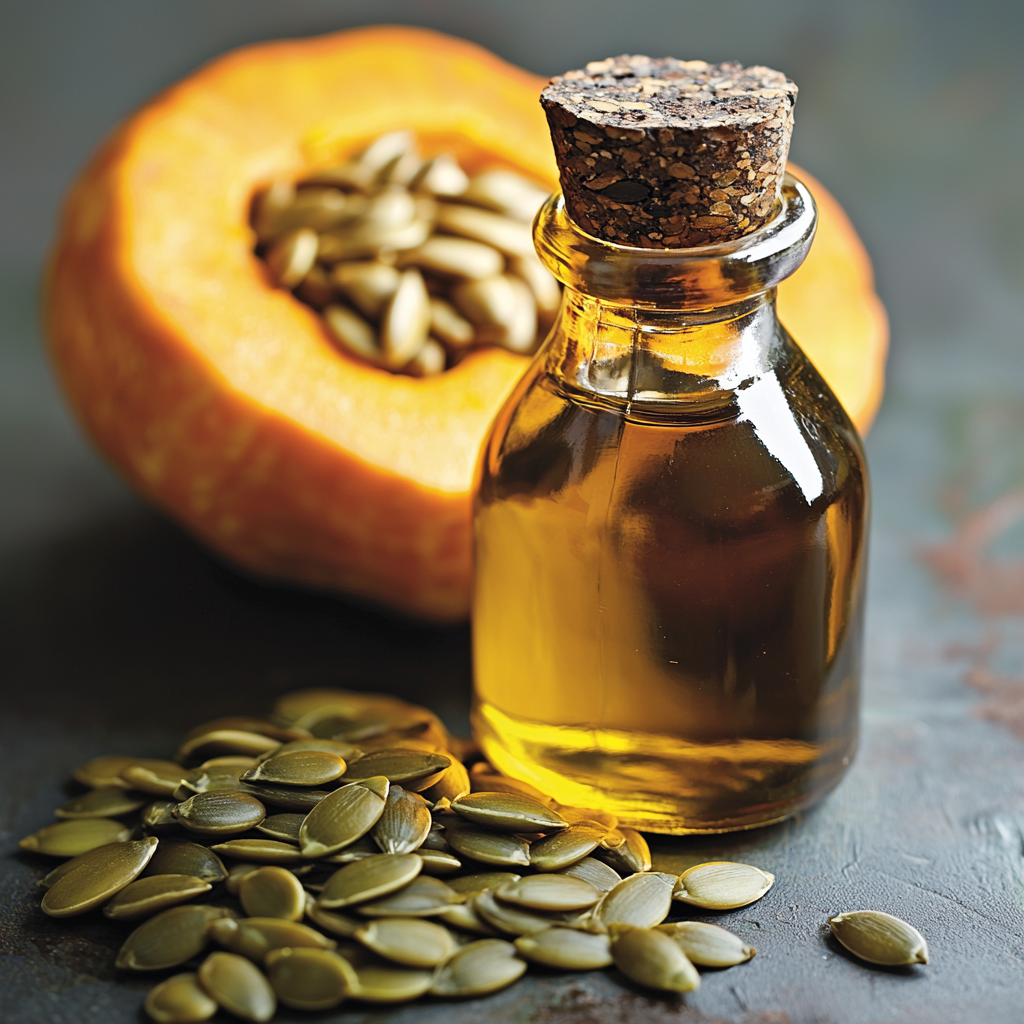
Pumpkin seed oil is prized for its deep, nutty flavor and health benefits, but it’s extremely heat-sensitive. Its low smoke point means it can’t withstand frying, searing, or roasting. Heating it not only destroys its flavor but also its valuable nutrients.
This oil is best drizzled over salads, soups, or finished dishes for a rich flavor boost. Keep it in a cool, dark place to preserve its freshness and quality. Using it raw ensures you enjoy its unique taste and health properties.
8. Butter

Butter adds incredible flavor to dishes but struggles when exposed to high temperatures. Its low smoke point and milk solids cause it to burn quickly, leaving a bitter taste and dark residue. For frying or roasting, opt for clarified butter or ghee, which can handle higher temperatures.
Butter is better suited for baking, light sautéing, or adding richness to finished dishes. If you must use it at high heat, combine it with an oil that has a higher smoke point. This way, you can still enjoy its buttery goodness without the risk of burning.
9. Avocado Oil
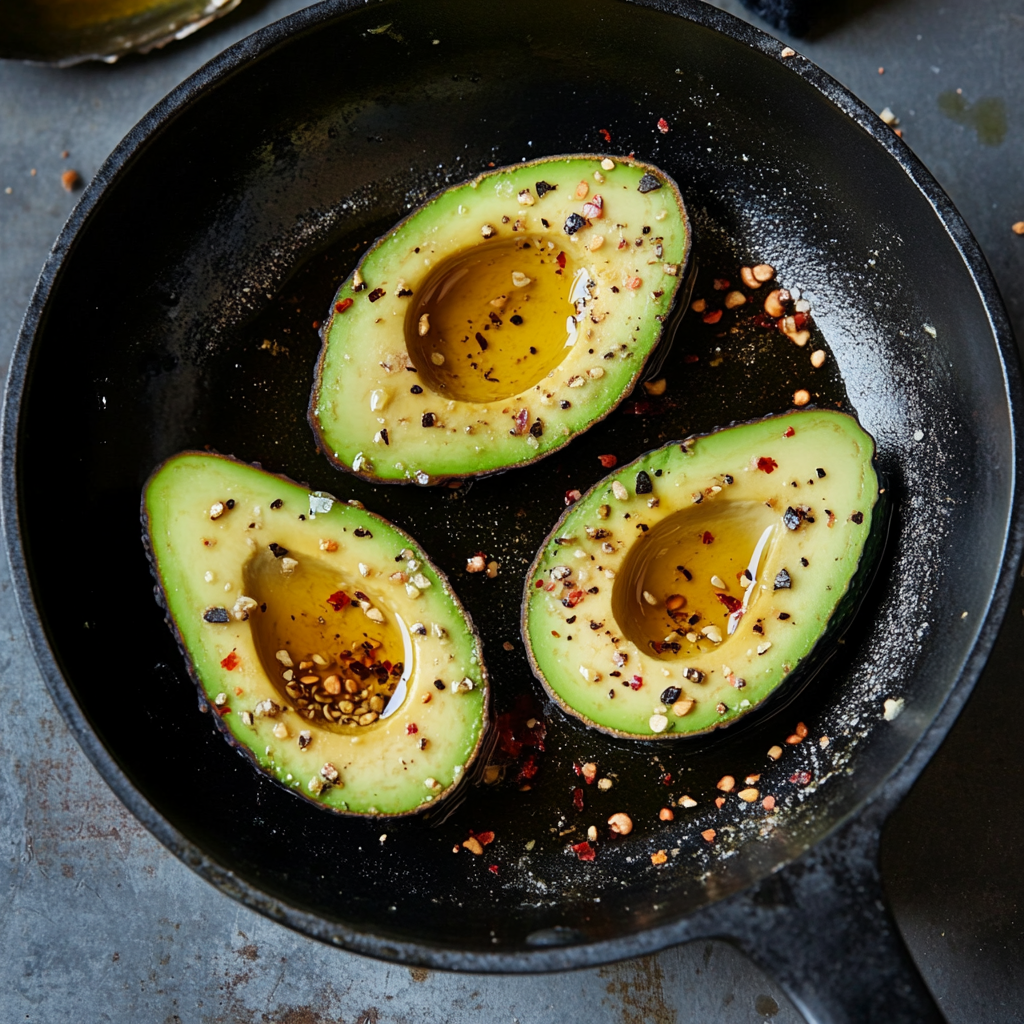
Avocado oil can be tricky, as its heat tolerance depends on the variety. Refined avocado oil has one of the highest smoke points among cooking oils, making it excellent for high-heat cooking. However, unrefined avocado oil has a much lower smoke point and isn’t suitable for frying or grilling.
Heating unrefined oil can degrade its nutrients and give off an unpleasant flavor. Always check the label to ensure you’re using the right type for your cooking needs. Refined avocado oil is a great choice for high-heat methods, but unrefined belongs in dressings or dips.
Leave a comment